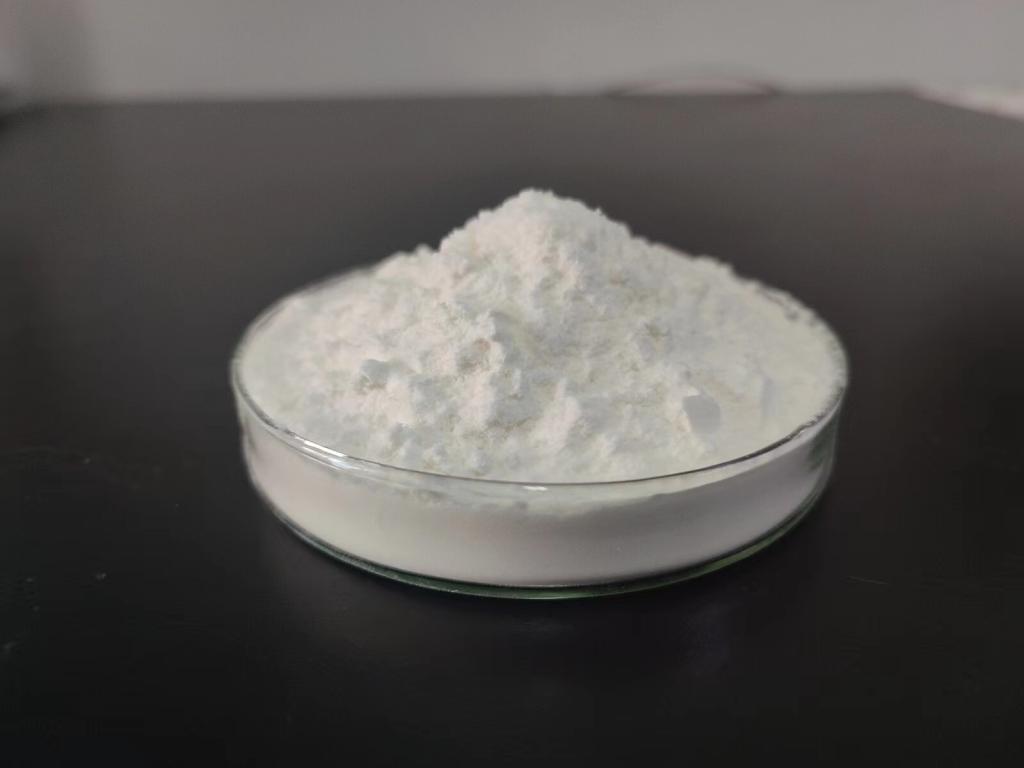Tel:0086 18231198596

News
Current Position:
Home >
News
>Assessing the potential of ε-Polylysine hydrochloride in agricultural crops.
Assessing the potential of ε-Polylysine hydrochloride in agricultural crops.
TIME:2024-04-25
Mechanisms of Action:
The antimicrobial activity of ε-PL against fungi is attributed to its ability to disrupt fungal cell membranes. Similar to its action against bacteria, ε-PL interacts with fungal cell membranes, leading to membrane destabilization, leakage of intracellular components, and eventual cell death. Additionally, ε-PL may interfere with fungal cell wall synthesis and disrupt essential cellular processes, further contributing to its antifungal effects. The cationic nature of ε-PL allows it to interact with negatively charged components on the fungal cell surface, enhancing its efficacy against a wide range of fungal species.
Efficacy Against Fungal Pathogens:
Studies have demonstrated the efficacy of ε-PL against various fungal pathogens that affect agricultural crops. ε-PL has been shown to inhibit the growth of common plant pathogens such as Fusarium spp., Botrytis cinerea, Alternaria spp., and Rhizoctonia solani. In vitro and in vivo experiments have confirmed the antifungal activity of ε-PL, leading to reduced disease severity and increased crop yields. The broad-spectrum activity of ε-PL makes it a promising candidate for controlling fungal diseases in a wide range of crops, including fruits, vegetables, grains, and ornamentals.
Mode of Application:
ε-PL can be applied to agricultural crops through various methods, including foliar sprays, seed treatments, soil drenches, and post-harvest treatments. Foliar sprays are commonly used for controlling fungal diseases on above-ground plant parts, while seed treatments can protect seeds from fungal infections during germination and early growth stages. Soil drenches and post-harvest treatments are effective for controlling soil-borne fungi and preventing post-harvest decay, respectively. The appropriate application method depends on factors such as crop type, disease pressure, and environmental conditions.
Benefits and Challenges:
The use of ε-PL for fungal control in agricultural crops offers several benefits, including its natural origin, safety profile, and broad-spectrum activity. Unlike synthetic chemical fungicides, ε-PL is biodegradable and does not leave harmful residues in the environment. Additionally, ε-PL has low mammalian toxicity and is considered safe for humans, animals, and beneficial organisms. However, challenges such as formulation stability, application efficiency, and regulatory approval may need to be addressed for widespread adoption of ε-PL in agriculture.
Conclusion:
In conclusion, ε-Polylysine hydrochloride shows promising potential in inhibiting fungal growth in agricultural crops. Its mechanisms of action, efficacy against fungal pathogens, and versatility in application methods make it a viable alternative to synthetic chemical fungicides. Further research and development efforts are needed to optimize ε-PL formulations, improve application techniques, and address regulatory requirements for its use in agriculture. By harnessing the antimicrobial properties of ε-PL, farmers can effectively manage fungal diseases and promote sustainable crop production practices.

 CONTACT
CONTACT




